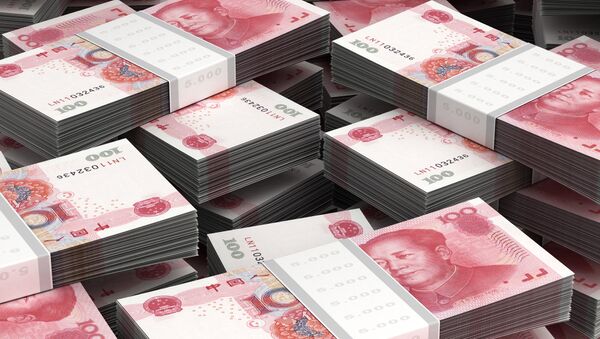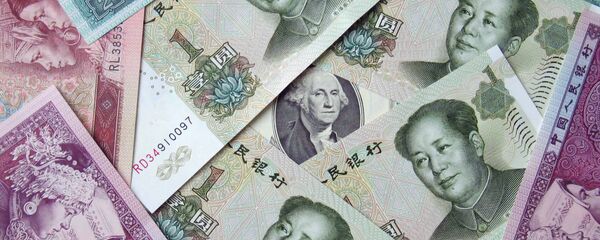On December 26, CFETS reported on its website that swaps and forwards trading between the yuan and national currencies of Russia, Malaysia and New Zealand would start on December 29.
Earlier in December, China's Minister of Commerce Gao Hucheng claimed that China could increase the usage of yuan in trade with Russia amid the ruble's depreciation.
"The fact that China will provide some opportunities [to Russia] to get a source of foreign currency liquidity will slow down panic [caused by the ruble depreciation] and bring the ruble closer to fundamental rates based on oil Brent price quotations and economic growth," analyst from Finam Holdings, company providing financial services, Timur Nigmatullin told Sputnik on Monday.
The Russian ruble plunged to a record low earlier in December amid a slump in oil prices and geopolitical tensions related to the Ukrainian crisis.
Trading in national currencies falls in line with China's intention to weaken the US dollar's dominance in global finance and promote the yuan as an alternative.
In October, the Bank of Russia and the People's Bank of China – the nations' central banks – reached a three-year agreement on currency swaps worth 150 billion yuan (over $2.4 billion).
Both the Russian and the Chinese leaders have repeatedly praised the decision, saying it would bring positive effects for the countries' economies and currencies.
The main benefits of mutual payments in national currencies are the absence of charges for the conversion of the currencies, direct payments and higher transparency in relations between the banks.



